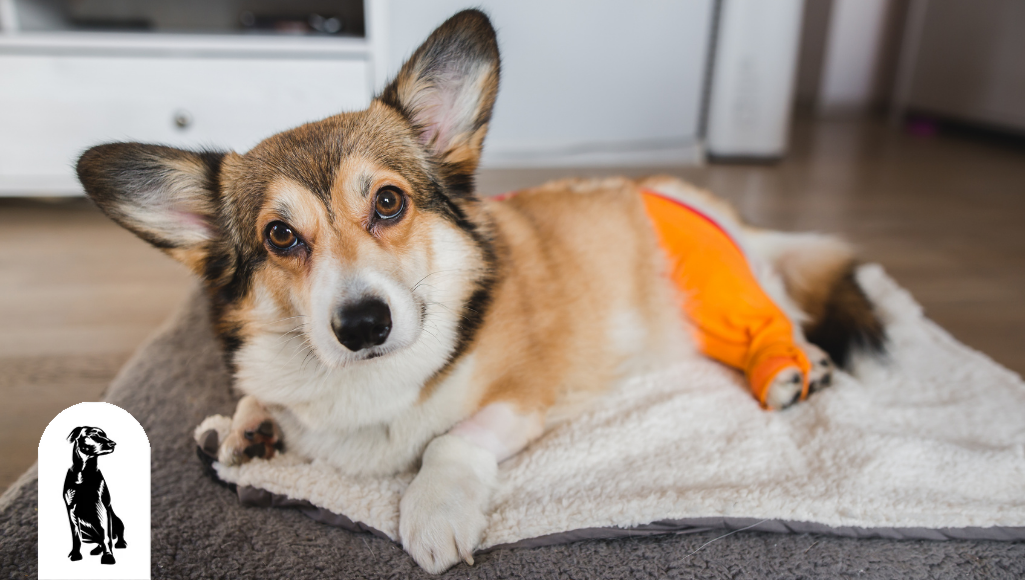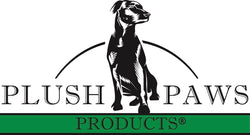
If your furry friend is about to have or has just had an operation, you're likely wondering what you can do to care for your dog after surgery.
Keeping your dog comfortable, healthy, and happy after an operation is not an easy task for a concerned dog owner, but have no fear; it's definitely possible as long as you follow the vet's instructions and the following advice. Keep reading to learn more!
Post-Op Wound Care
Depending on the type of surgery your dog had to undergo, you'll receive instructions about how to care for your pup's wound when they're healing. For typical neuter or spay, you'll likely be told to keep the wound dry and let it heal on its own. Other operations may require a more hands-on approach. For example, some vets will give you an antibiotic cream or ointment, or will ask you to clean the opening with salt water, or will simply ask you to change the bandages a few times a day. Either way, what the vet says goes, especially for this part of post-procedure care.
Since keeping the wound dry is extremely important in most cases, you want to do all you can to prevent your dog from licking it. This could spread harmful bacteria to the wound, irritate the stitching, and reopen the healing wound, which will essentially start the healing process all over again. Here are some methods you can use to prevent your pup from licking the incision point:
- Cone or an e-collar
- Inflatable collars (these kind of look like airplane pillows, but serve the same purpose as a cone)
- Neck brace collar
- Cover the wound with a t-shirt, specialized bodysuit, or a sock (for leg wounds)
Lots of Water
If your dog had to be sedated for surgery, chances are, they will remain lethargic and weak. This means they'll probably have a hard time being motivated to quench their thirst and eat for a few days after their operation. If your dog does not want to drink from their water dish, try bringing the water to them for easier access. Another great way to hydrate your dog when they're not feeling well is to substitute their dry kibble for wet dog food, which contains more water and electrolytes or create a combination of water and dry food for them.
It's important to note that you should wait a few hours after the surgery to ensure that they aren't still extremely groggy when you do feed your pup. If they are too foggy when eating, they stand the chance of falling asleep while eating and choking on their food. It is, however, perfectly fine to let them drink water right after their surgery with your supervision.
No Running, Short Walks Only
After the grogginess of the anesthetic wears off from your dog after surgery, they are likely ready to return to their normal routine of running and playing. But your veterinarian will likely ask you to keep your dog in a relaxed, easy routine for at least ten days after the surgery. If you have a dog that's used to going on runs or hikes with you, this might seem complicated, but you can still get their energy out by taking your dog on short, leashed walks. Pick a short, paved, and easy route that will allow your dog to walk comfortably without having to be concerned about irritating the wound.
No Jumping up on Furniture
If running is not allowed for your dog after surgery, you can guarantee that jumping is not allowed either. If your pup is used to sleeping with you in the bed or if they are allowed on your furniture, it might be hard to enforce this new rule, but it's essential that you do. If you can supervise your dog, you can help them up and down from the furniture to ensure that your furry friend does not split the wound back open. But for the time when you're not able to supervise, it might be best to keep your dog in their crate or in a room where there is no tempting furniture to jump on.
Playing with Your Pup During Recovery
Keeping your dog busy and stimulated during their recovery is so important for their well-being. Still, it might seem difficult if they can't participate in any physical activity for long periods of time. Here are some ideas that will keep your dog happy even if they can't rough-house, jump, or run:
- Long, relaxing car rides
- Puzzle toys that reward them with treats
- Brain games for your dog
- Practicing simple commands like sit, stay, lay, come, etc.
- Making homemade treats together
- Vet approved bones and toys alike
- Rotate toys, so they don't get bored of them
- Snuggle up and watch some television together
Follow the Vet’s Orders
Before we wrap up this article, we want to encourage you always to seek and follow the advice your veterinarian gives you. While all of these tips are essential for a healthy recovery, we know that your vet knows best. They will be more than happy to give you instruction and advice to get your pet back to its joyful, playful self in no time!
Plush Paws Products Keeps Your Pet Comfortable in the Car
Whether you're taking your pup to and from the vet or taking them on a car ride to entertain your dog after surgery, we know you want to keep your furry friend safe and comfortable along the way. That's why we created our dog seat covers that will not only keep your pet riding comfortably, but they will keep your car clean and tidy. That means never having to worry about getting dog hair all over your seats or your dog tracking dirt and mud into the car. Setting up the doggy car seat cover is easy, and washing it is even easier with our water and dirt repellent technology. So what are you waiting for? Shop our wide selection of car seat covers for your dog today!
